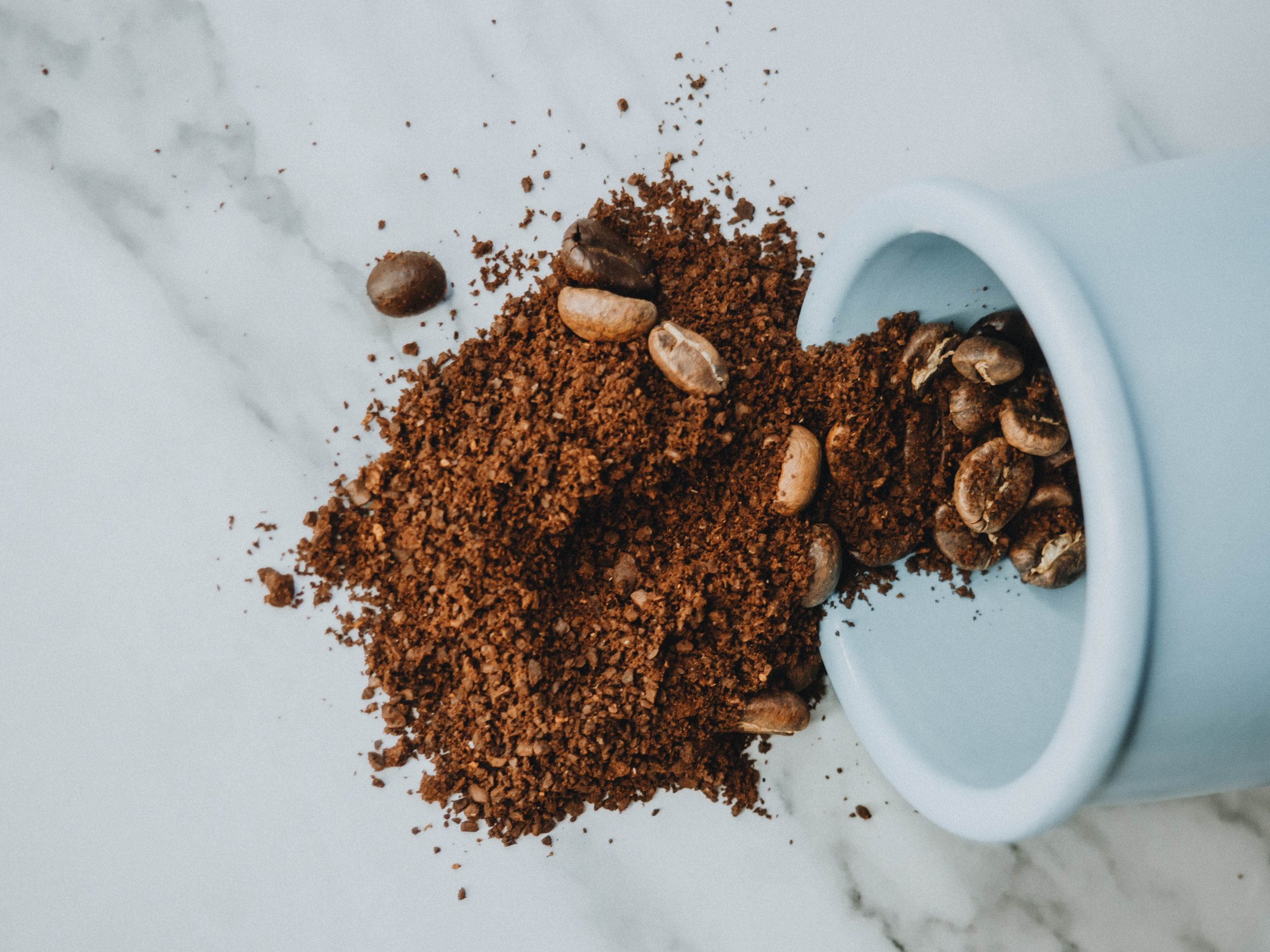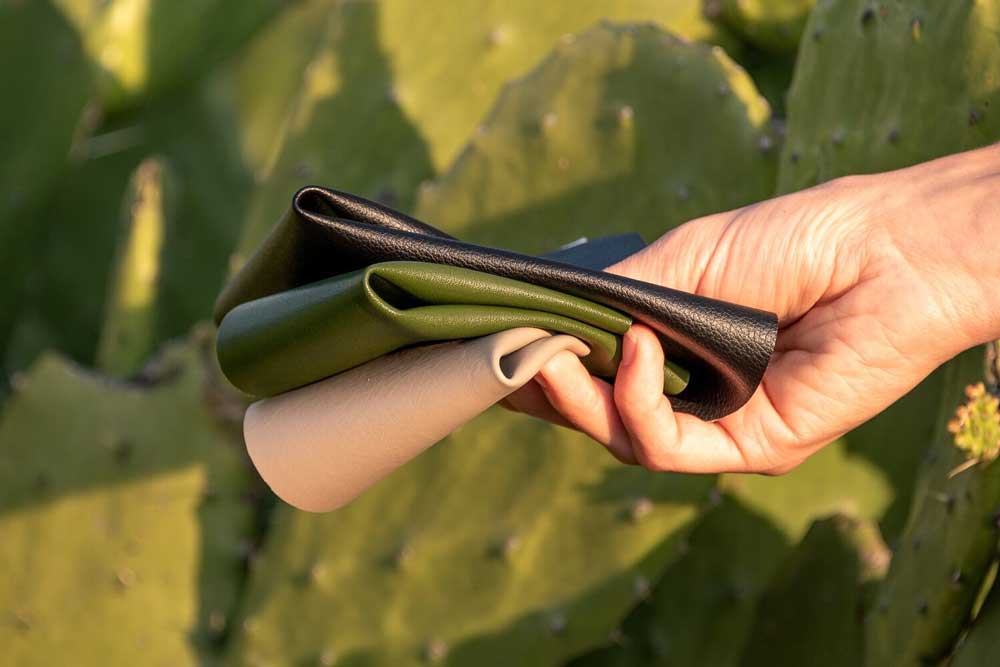Admit it; you’d sooner skip dessert for a week than go a day without a cup (or four) of coffee in the morning. But have you considered what happens to all those used coffee grounds? Over half of all Americans drink at least one cup of coffee every day, resulting in a massive amount of bean waste rotting in landfills. This is a potentially lucrative resource waste and a tragedy for the ecosystem. You can use these coffee grounds for plants.
If you’ve ever wondered if coffee grounds are helpful for plants, look no further. The answer is a resounding yes – coffee grounds are beneficial to plants when used in the garden. Used coffee grounds, leftover from a coffee maker, are high in nitrogen, potassium, and phosphorus.
These properties make them ideal for gardening activities like composting. It’s a creative approach to repurpose something that would otherwise wind up in the trash. Fortunately, there are several things you can do with your used coffee grounds.
What’s in a Coffee Ground?
In terms of chemistry, what are coffee grinds made of? Nitrogen, a vital plant nutrient, is abundant in coffee grounds. But, unfortunately, they’re also acidic and have caffeine in them.
Coffee’s acidity is the most important consideration when utilizing coffee grounds as fertilizer. It can change the pH of your soil, which is beneficial to some plants but not to others. It will help if you think about the dirt you’re starting with. Is it acidic already, or is it becoming more basic? You can find out by purchasing a basic pH testing kit.
What about caffeine? Although people love the effects of a caffeinated cup of coffee, plants such as coffee and chocolate developed caffeine to compete with humans. Caffeine inhibits the growth of other plants, allowing the caffeinated plant to make use of all of the soil’s available water and nutrients.

Ways to Reuse Coffee Grounds for Plants
If you’re looking for ideas on reusing your coffee grounds for plants, here are five ways to reuse coffee grounds at home and in the garden.
Natural Pest Repellent
Coffee is a natural insect repellent, so it’s a great way to keep bugs out of your house and yard. Mosquitos, beetles, and fruit flies will all avoid coffee, including natural ingredients like caffeine and diterpenes. Set out a bowl of used grounds in areas where you don’t want them to land. It will deter slugs and snails if you sprinkle some around your plantings.
Fertilize Your Garden’s Soil
Many of us have dropped the cold remains of a forgotten cup of coffee in a plant pot and then questioned if it was the right thing to do. However, coffee grounds contain a significant amount of nitrogen, potassium and phosphorus, and other micronutrients. Therefore, coffee grounds can be used as a slow-release fertilizer because the amount and amounts of these nutrients vary.
To include coffee grounds in your fertilization practice, blend your grinds with brown leaves and dead grass clippings. Then apply the mixture to your plants to boost potassium, nitrogen, calcium, iron, magnesium, and other nutrients.
As a bonus, the grounds may aid in absorbing heavy metals from your soil. If you want to improve flowering and fruiting, add lime or wood ash to the fertilizer.
Compost It for Later Use
Consider adding your coffee grounds collection to your compost pile if it’s starting to pile up. According to studies, adding grinds to compost as a “green” ingredient increases the nutrient content of the compost. But, what is the best ratio? According to research, compost containing 40% coffee grinds produces the best quality (and emits fewer greenhouse gases) than other blends—so add coffee to your compost pile!
Improves the Growth of Root Vegetables
Coffee grinds may be the answer for individuals looking to take their carrot production to the next level. For example, suppose you mix coffee grounds into the soil before planting your seeds. In that case, you’ll offer the young seedlings an extra burst of nutrients, which will help them grow faster and produce more excellent results.
Helps Cultivate Mushrooms
There’s no need to believe that growing mushrooms is beyond your abilities—your leftover coffee grounds make an excellent growth substrate. Not only are the grounds a concentrated nutrient source, but they’re also sanitized during the brewing process so that you can use them straight from the bag.
While most forms of mushrooms will grow on coffee grounds, shiitake and oyster varieties produce the most outstanding results for beginners. You’ll need roughly five pounds of coffee grounds to start the process, so create a collection or ask your local coffee shop for their used beans.
Using It for Mulching
Mulching is beneficial, but finding compost, straw, or other organic materials in large enough amounts at a reasonable price is notoriously tricky. Several gardeners have discovered that putting coffee grounds directly on the soil has had terrible results for their plants. However, it appears that spreading heavy blankets of it to mulch around plants and seeds is associated with this.
Coffee beans contain caffeine, which is known to restrict the growth of other plants to lessen competition for space, nutrients, water, and sunlight. It’s uncertain how much caffeine remains in old coffee grounds because some plants are more sensitive to caffeine. Remember not to be put near seeds or seedlings since they may hinder germination and growth.
Before using coffee grounds as a mulch, combine them with other organic materials such as compost or leafmold. Alternatively, to prevent clumping, scrape your coffee grinds into the top layer of soil. Good soil structure necessitates a wide range of particle sizes.
What Plants like Coffee Grounds?
Coffee grounds contain a lot of nitrogen as well as other micronutrients. These micronutrients also help plants develop faster. As a result, it’s also fantastic for houseplants. It serves as compost, insecticide, fertilizer, and mulch and delivers essential nutrients.
This cuts down on the amount of money you have to spend on these plants’ care. However, one must be patient when using them because it may take some time. For example, you could use coffee to water your plants. However, it must be done in a balanced manner because coffee contains caffeine, which can promote plant fungal disease.
Snake Plant
Snake plants require a pH range of 5.5 to 7.5 in the soil. These plants are unique in that they have characteristics such as tolerance, laziness, and low upkeep. They’re great for carefree folks because they don’t demand much attention. They develop a more varied appearance if they are watered regularly and exposed to moderate light. Coffee is a good choice for watering this plant.

Philodendron
One of the most frequent indoor plants is the philodendron. It is available in a variety of sizes, shapes, and colors. These plants are native to the West Indies and tropical parts of the United States. Because it’s grown in acidic soil with a pH of 5-6, the most excellent option is to use coffee waste. Coffee dregs help this plant grow faster and maintain its veins healthily and flexibly.

Christmas Cactus
These plants are primarily found in the southern Brazilian coastal mountains. Stagnant water might cause these plants to decay; using coffee grounds provides your plant with an excellent drainage system. Various micronutrients also aid in the blooming of the plant.

African violet
Primarily from Africa with purple flowers, they have far higher nitrogen and acid requirements than other acid-loving plants. As a result, they can take a little more coffee than any other plant.

Miniature Rose
Miniature roses, like African violets, thrive in acidic environments. So you can pour your liquid coffee into it instead of watering it.

Spider Plant
Its soil must have a pH of 6.1-6.5; spider plants also like bright light, acidic soil, and a well-draining environment. Make the irrigation using coffee that has been diluted.

Conclusion
There are benefits and drawbacks to using coffee grounds in your garden. Coffee can stifle plant development, but it can also deter pests and change the pH of your soil beneficially. If you’re unsure if it’s safe to use coffee grounds for your plants, they can always go in the compost bin! So what’s the bottom line? Coffee grinds for plants can boost your landscape, but only certain plants will benefit from this approach.
Have you tried using coffee grounds in the garden? What was your experience?
Sources:
- https://thegrownetwork.com/spent-coffee-grounds/
- https://coffeeaffection.com/what-plants-like-coffee-grounds/
- https://www.growveg.com/guides/a-common-sense-guide-to-using-coffee-grounds-in-the-garden/
- https://coffeeaffection.com/what-plants-like-coffee-grounds/
- https://farmingmethod.com/list-of-plants-that-like-coffee-grounds/















